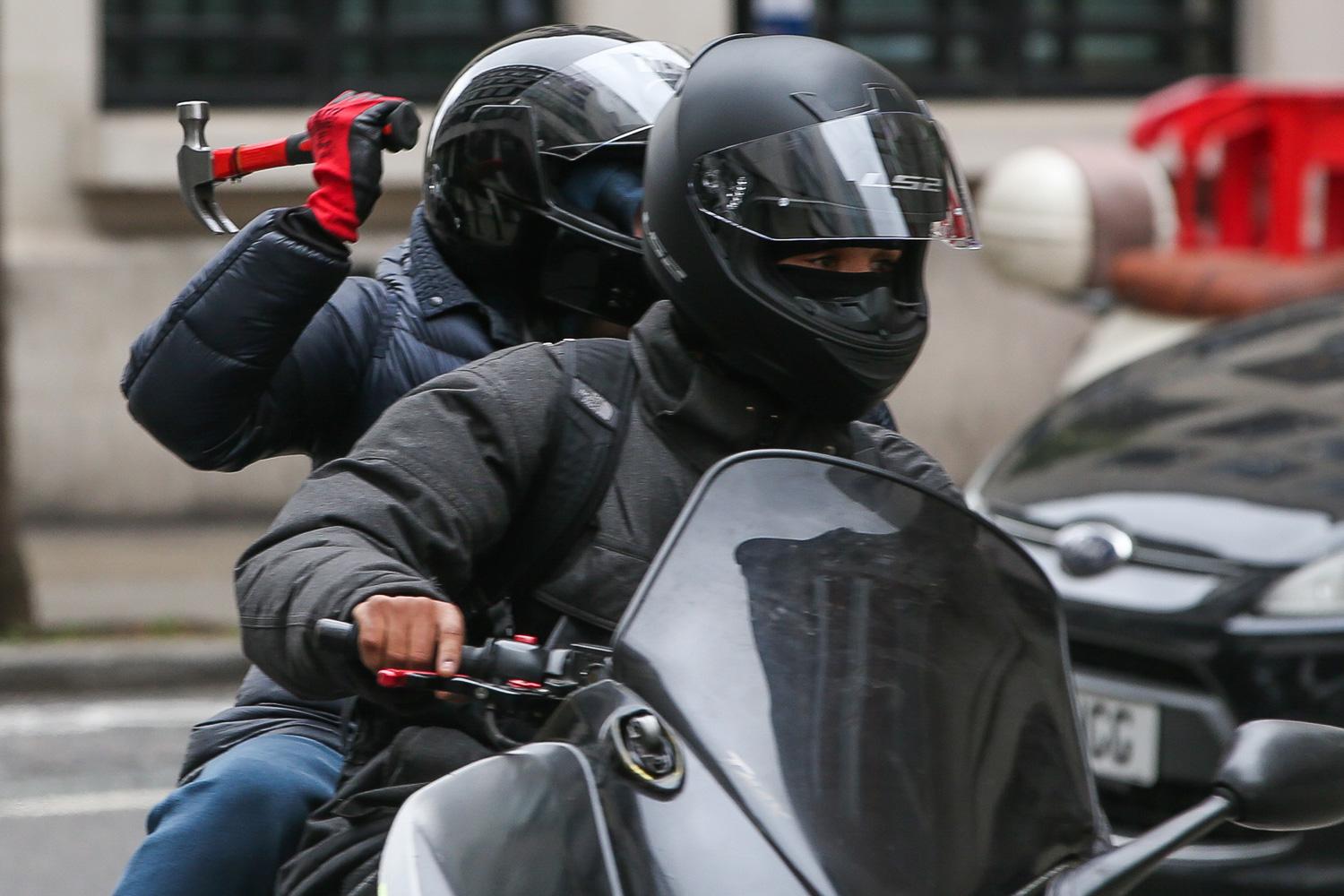Bicycle enthusiasts prize their wheels, often spending a lot of money to purchase their rides and keep them well maintained. But whether a bike is a simple, inexpensive brand or a highly-valued mountain or racing version, having it turn up missing can be discouraging, disheartening—and expensive.

Bicycles and Insurance
Though most people don’t realize it, homeowners and renters insurance policies cover bicycles. Like any other contents on the property, they’re part of the owner’s possessions—and insurance companies treat them as such by reimbursing the owner so another, comparable bike can be purchased following damage or theft.
However, a deductible usually applies, so it’s wise to find out ahead of time how much it will cost to actually file a claim.
For those who own more expensive, specialized bikes, floaters are also available that provide additional coverage beyond the limits of the standard home or renters policy. This is additional peace of mind that protects riders from losing their rides permanently.
The National Bike Registry estimates that a million bicycles are stolen each year in the U.S.—and only a small percentage is ever recovered. In fact, bicycle theft costs Americans more than $200 million every year, an astounding amount most people would never suspect.
9 Tips for Avoiding Bicycle Theft
As the price of gasoline goes up and salaries go down, more people than ever are choosing to ride their bikes to work, as well as enjoying them for pleasure.
For those participating in this healthy lifestyle change, taking advantage of the following tips can help protect your bike from theft:
- Keep your bicycle purchase receipt, and take several photographs of your bike. This will help you and authorities identify it if it’s ever stolen.
- Register your bike with local police, who can sometimes recover them quickly with a make, model, color and serial number.
- Always lock your bike, whether it’s outside in public view or parked inside your garage. Leaving it unlocked and unattended is an invitation for someone to steal it.
- Mark your bike so you can prove it’s yours. Buy a bicycle license at a local fire department or police station; write your name or drivers license number under the seat with permanent marker; or insert your name and address on a piece of paper inside the handlebars.
- Avoid parking your bicycle in high-risk areas. Other cyclists and bike shop personnel can help you pinpoint locations subject to thievery.
- Don’t use cheap locks. Buy the highest quality lock you can find, asking a pro at a local bike shop for help if you need it.
- Lock your bicycle correctly. Lock both wheels and the frame to an unbreakable and immovable object, like a secured post, pole or bike rack.
- Avoid leaving your bicycle parked outside for long periods of time, overnight or in the same space every day. Predictability like that can get it stolen!
- After locking up your bike, take any easily-removed accessories and bicycle components—like pumps, storage bags or removable lights—with you.
Safe & Secure
Law enforcement officials say most bicycles are stolen because they’re not locked, making them easy targets for thieves. So lock up your bike, make sure you have home insurance coverage for its full value—and enjoy your two wheels!
